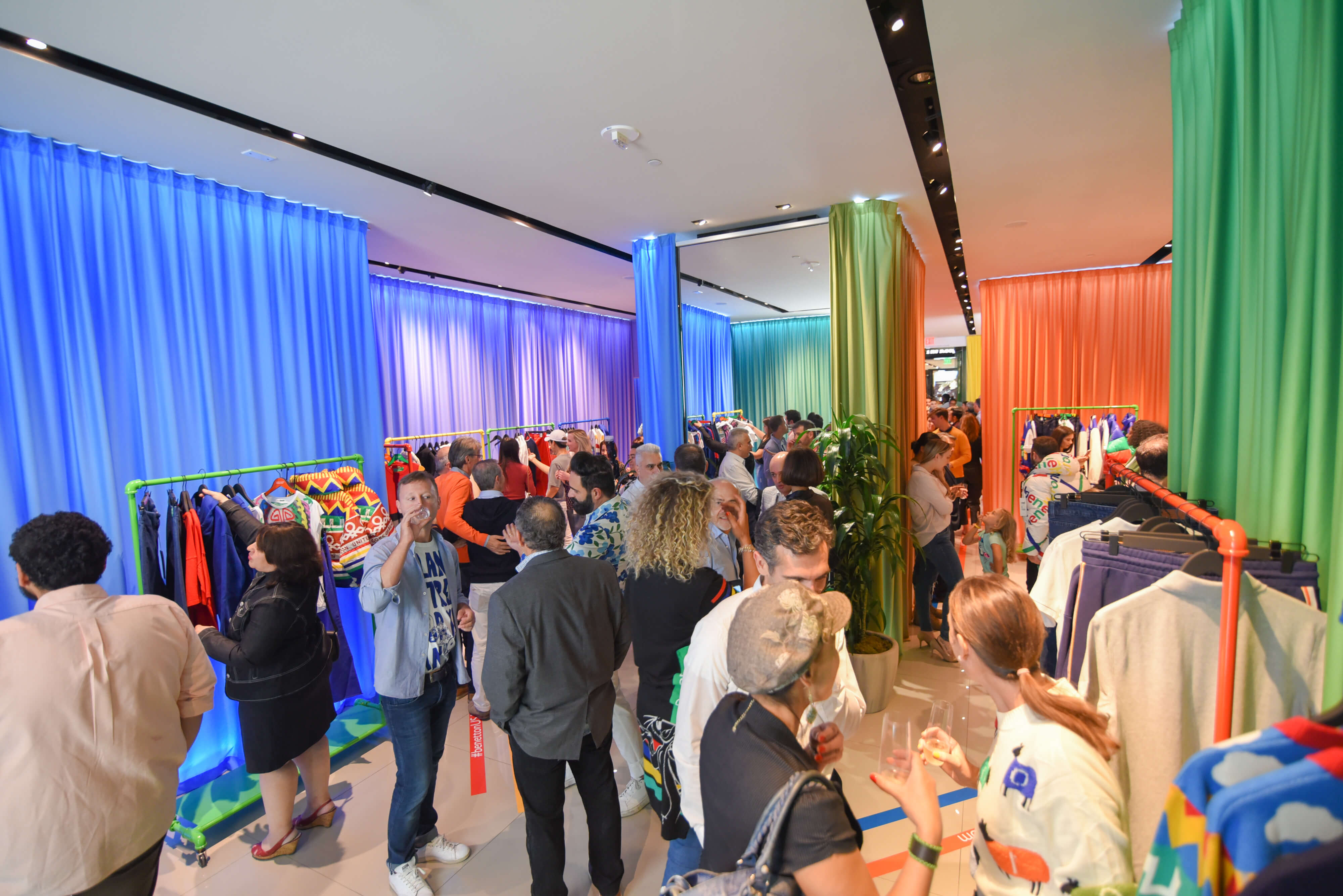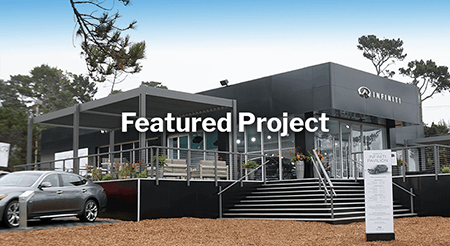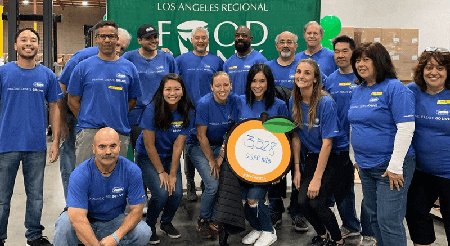Just because people aren’t going to stores as often as before doesn’t mean in-store experiences are any less important. Actually, in a time where most retailers have to defer to their e-commerce arms, in-store gatherings and events yield a valuable boost to the overall customer experience retailers provide.
For starters, they’re a human way to help retailers bolster their brand awareness. Even events before the promotion help get more eyes on the brand, while invitations, promo material, and marketing collateral even help make headway with people who decide not to attend the event. Plus, in-store events can nudge customers toward making a purchase decision, either on or offline. Inside a store, customers can interact with the products, staff, and aesthetics that help inform a customer experience that shoppers are too eager to share.

For instance, the United Colors of Benetton pop-up store we created in conjunction with IW Group in Santa Monica offered an in-store photo experience. The event invited guests to try on merchandise within the store, select their Benetton color (LED lights would flood the photo area in that color), and take a photo to share on social media. This experience not only generated more physical interaction with the merchandise, but it also expanded the store’s online visibility.
Creating a rewarding in-store experience comes with a few challenges right now. But with careful planning, clear goals and by following all safety protocols, retailers can build in-store events that increase brand awareness. Here’s how:
- Be clear about what your brand is. First, focus on your brand’s identity and target market to help shape your event’s key elements. Identify your competitors to understand what makes your brand different from theirs and highlight those features. Research what your target audience wants from similar brands in your industry, and make sure your mission statement clearly defines your goals.
Know your brand’s purpose. Discover your brands’ unique voice, look, and image and use each to establish who you are and what you stand for. Define these pieces and the place they have in building an in-store experience that clicks with visitors.
- Mirror your brand identity through event touchpoints. Develop these elements and touchpoints in a way that makes it easy for the customer to truly connect with your brand. If the brand serves busy moms, make sure the event fits their schedules and include amenities, such as valet parking that let them arrive and leave with ease. If your brand is youthful and energetic, make sure the event reflects those qualities.
Audiences will remember your event if it looks and feels authentic and engaging. Use compelling touchpoints and encourage attendees to interact with them. For example, many people spot our activations at a glance and stop to get a closer look and more information. Create touchpoints with creative design and strong graphics to increase engagement.
- Visualize your event’s impact. Determine how the event will impact the future of your brand. Events are finite points in time, but they can gain traction on social media or with future purchase incentives for new customers. The event’s impact should expand beyond the actual event and reach attendees and non-attendees in the future.
As more and more consumers return to brick-and-mortar locations, retailers should consider ways to retain customers long-term to mitigate future crises. Strong customer-brand relationships begin with engagement and impact. Use in-person events to distinguish your brand so customers keep returning — either in-store or online.






